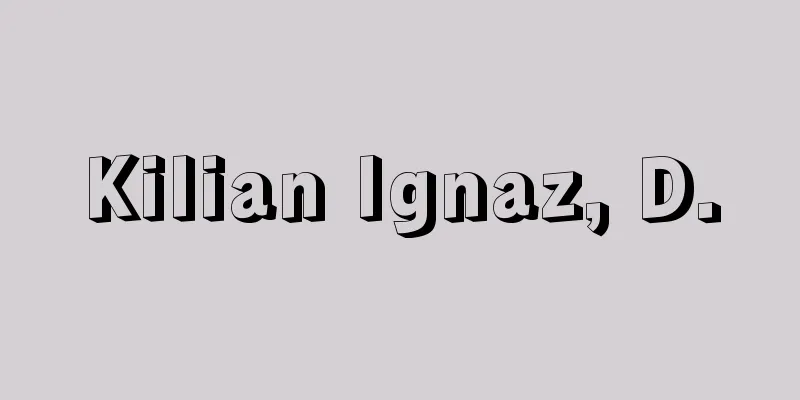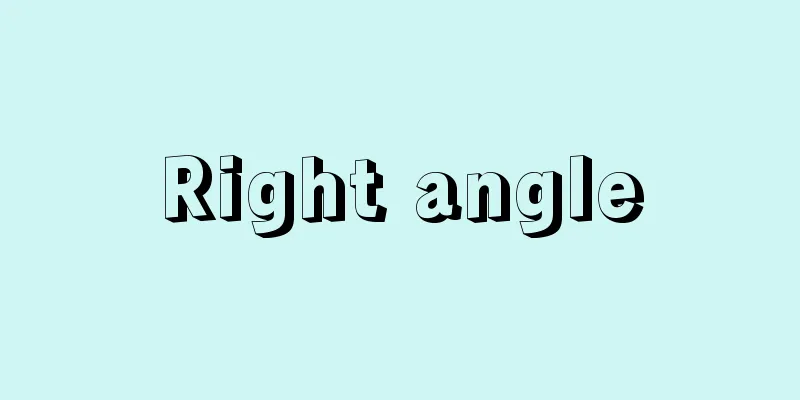Strauss

German composer and conductor. Born in Munich to a horn player. He learned piano, violin, and composition from childhood, and showed mature compositional techniques as early as his teens. He became acquainted with Bülow, who recommended him to become assistant conductor of the Meiningen court orchestra in 1885, and later court music director. While he was actively composing, he also served as court conductor in Munich, Weimar, and Berlin, and was conductor of the Vienna State Opera from 1919 to 1924. His appointment as director of the music bureau (1933-1935) under the Nazi regime was questioned after the war because his music lacked ideological quality. He is the composer who marked the end of German late romanticism, and his two peaks are the symphonic poems he wrote in large numbers at the end of the 19th century, and the operas that became the core of his creative activities in the 20th century. The sophisticated compositional techniques he used in symphonic poems such as Don Juan (1887-1888), Also Spoke Zarathustra (1895-1896), and A Hero's Life (1898) were carried over to the opera Salome (1904-1905), which used a large orchestra, and established his reputation as a successor to Richard Wagner. In the following Elektra (1906-1908), he ventured into the world of atonality (see Atonal Music) and expressionism, and then his style changed completely, moving to a simpler musical style reminiscent of the Viennese Classical School in Der Rosenkavalier (1909-1910) and Ariadne auf Naxos (1911-1912). Since Elektra, six opera librettos have been written by Hofmannsthal. He also has many masterpieces in his songs (lied), including "Four Last Songs" (1948), which he composed in his final years. →Music drama/K. Boehm/Mahler →Related topicsElgar|Oboe|Szymanowski|Schwarzkopf|Till Eulenspiegel|Nijinsky|Nilson|Der Rosenkavalier|Bartók|Baleys|Busch|Humperdinck|Mengelberg|Leitmotif|Reiner|Lehmann|RomanticismStraussStrauss→ Related article Polka | Lehar StraussSource : Heibonsha Encyclopedia About MyPedia Information |
|
ドイツの作曲家,指揮者。ホルン奏者を父にミュンヘンに生まれる。少年時代からピアノ,バイオリン,作曲を学び,10代で早くも成熟した作曲技法を示した。ビューローの知遇を得,その推薦で1885年マイニンゲン宮廷楽団の副指揮者,のち宮廷音楽監督となる。本格的な作曲活動に入る一方,ミュンヘン,ワイマール,ベルリンの宮廷楽長を歴任し,1919年−1924年にはウィーン国立歌劇場の指揮者を務めた。ナチス政権下で音楽局総裁(1933年−1935年)のポストに就いたことは,大戦後その音楽の思想性の不足と関連して問題にされた。ドイツ後期ロマン派の掉尾(ちょうび)を飾る作曲家であり,19世紀末に集中して書かれた交響詩群,20世紀に入って創作活動の要となったオペラが2つの峰を形づくる。《ドン・フアン》(1887年−1888年),《ツァラトゥストラはこう語った》(1895年−1896年),《英雄の生涯》(1898年)などの交響詩で駆使された精緻な作曲技巧は,大管弦楽を用いたオペラ《サロメ》(1904年−1905年)に引き継がれ,R.ワーグナーの後継者としての名声を確立。続く《エレクトラ》(1906年−1908年)で無調的(無調音楽参照),表現主義的な世界に踏み込んだのち作風は一転,《ばらの騎士》(1909年−1910年),《ナクソス島のアリアドネ》(1911年−1912年)ではウィーン古典派を思わせる簡素な音楽様式に移行する。《エレクトラ》以来,6つのオペラ台本がホフマンスタールによって書かれている。最晩年の《4つの最後の歌》(1948年)をはじめ,歌曲(リート)にも名品が多い。→楽劇/K.ベーム/マーラー →関連項目エルガー|オーボエ|シマノフスキ|シュワルツコップ|ティル・オイレンシュピーゲル|ニジンスキー|ニルソン|ばらの騎士|バルトーク|バレーズ|ブッシュ|フンパーディンク|メンゲルベルク|ライトモティーフ|ライナー|レーマン|ロマン主義 シュトラウスシュトラウス→関連項目ポルカ|レハール シュトラウス出典 株式会社平凡社百科事典マイペディアについて 情報 |
<<: Shudraka - Śūdraka (English spelling)
>>: Shudra - Shudra (English spelling) Śūdra
Recommend
Caracciolo, D.
...From this time on, Sicily came under the rule ...
Arlequin
…The word is said to have its origin in the misch...
Western Xia script - Seikamoji
The official script of the Western Xia Dynasty wa...
Enrei - Enrei
…A pass in the central part of Nagano Prefecture....
Shedd, JG (English spelling) SheddJG
...But the JG Shedd Aquarium, which opened on Lak...
Tempered glass - Kyokagarasu (English spelling) tempered glass
Glass that has been tempered or surface treated t...
Embroidery foil - Nuihaku
It is also written as nuihaku, but in Noh costumes...
Alternating calculation - Kogokeisan
A contract between merchants or between a merchan...
Nosuke - Nosuke (English spelling) Gustav Noske
German Social Democratic politician. Born the son...
space transportation system
…Spacelab is a nickname that is an abbreviation o...
cup grease
…Here are some examples. (1) Calcium soap-based g...
Galatea
Galatea in Latin. A sea nymph in Greek mythology,...
badw
…Therefore, there are many Arabic words for deser...
Boccaccio
Italian author. His father was a merchant from the...
Ina Free University - Ina Free University
...The purpose was to oppose the centralization o...









